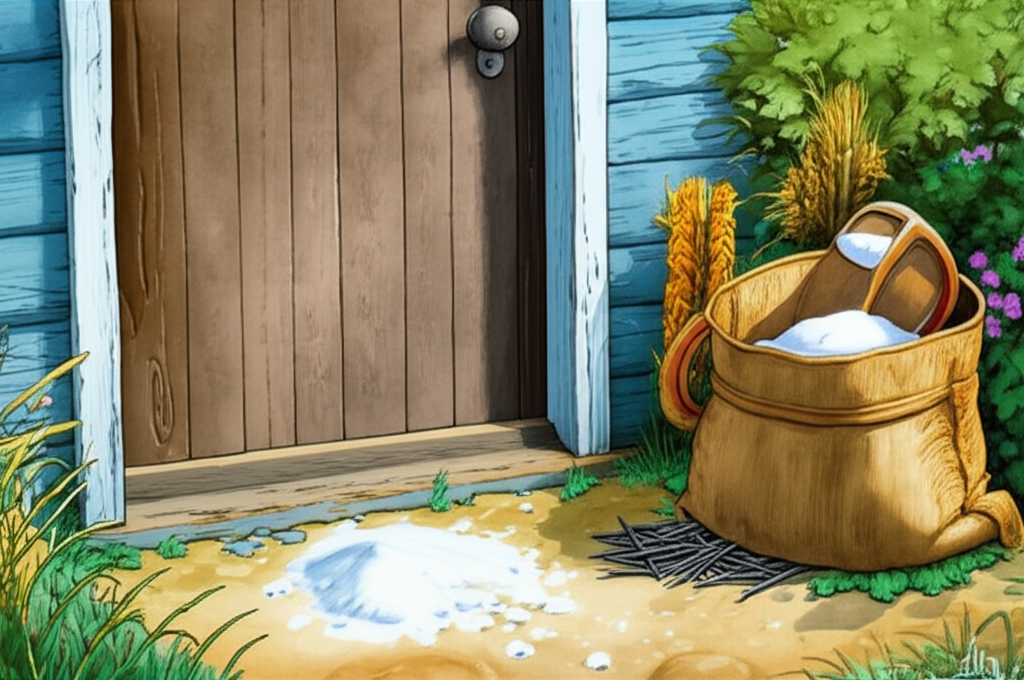
The practice of placing salt on the doorstep of a new house as a protective measure against evil is a superstition steeped in historical and cultural significance, reflecting humanity’s enduring desire for safety and security. This ritual, while seemingly simple, is a remnant of ancient beliefs about purity, protection, and the power of salt to ward off malevolent forces.
The historical roots of using salt for purification and protection can be traced back to Classical times. In ancient Greece and Rome, salt held a prominent place in religious ceremonies. References to its use appear as early as 800 BC, including mentions in Homer’s Iliad, where meat intended for sacrifice to the gods was sprinkled with holy salt. Salt was also integral to holy water used during baptisms in the Catholic Church, further solidifying its association with purity and sacredness.
During the Middle Ages, these ritualistic practices evolved into widespread superstitions. Faced with harsh living conditions, poor harvests, and devastating epidemics, people often attributed their misfortunes to the influence of the Devil and other malevolent entities. The belief in evil spirits roaming freely in the form of demonic animals, goblins, and fairies was prevalent. Consequently, protecting the home, seen as a sanctuary, became paramount. Placing salt on the doorstep of a new home was just one of many rituals designed to cleanse the dwelling of evil and bestow blessings and protection upon its new inhabitants.
In medieval times, the entrance to a home was heavily guarded against these perceived threats. Alongside lucky charms and amulets, such as horseshoes, salt was sprinkled on the floor and rubbed into the doorstep. The cleansing power of salt was believed to create a barrier that repelled evil spirits and prevented them from entering the home. The 1486 account of a witch trial documented in the Malleus Maleficarum (‘Hammer of Witches’), a highly influential text during the witch hunts of the Middle Ages, provides a stark illustration of the era’s faith in salt’s efficacy. The text prescribed that judges and assessors should carry consecrated salt from Palm Sunday to banish the power of the Devil.
This belief in salt’s power to counteract witchcraft and evil persisted well into the nineteenth century. William Howitt, an English writer, described a Nottinghamshire shoemaker in his 1838 publication, Rural Life in England, who maintained a sack of salt by his fireside. The shoemaker would regularly cast handfuls of salt, along with horsenail stumps and crooked pins, into the fire while praying for the Lord to torment all witches and wizards in the neighborhood. This illustrates the deep-seated fear of witchcraft and the reliance on salt as a protective tool.
While the literal belief in demonic entities and witchcraft has diminished in modern times, the superstition of putting salt on a doorstep endures, albeit often as a symbolic gesture. It reflects a desire to bring good luck and protection to a new home. However, offering someone salt was considered bad luck, giving rise to sayings like ‘Help me to salt, help me to sorrow’ in the early 1800s. Even today, the act of throwing spilled salt over one’s shoulder to ward off bad luck highlights the continuing influence of these ancient beliefs and the lasting association of salt with both protection and potential misfortune.